In the digital world of 2016, there’s no shortage of social media platforms for sharing what you’re doing right now (or what you think about what others are doing right now). Sites like Facebook, Twitter, and LinkedIn are perfect for conversing with others and voicing your opinions.
Pinterest excels in a different area, however. Popular among those interested in arts & crafts and other niche hobbies, Pinterest is an opportunity to share your interests and individualism by collecting images on Pin boards. Like Instagram, it’s extremely visual—but Pinterest is more focused on inspiring creativity.
So how can higher-ed institutions connect with constituents through Pinterest?
Keep in mind that Pinterest is not a platform for forcing your own objectives. It would be difficult to push marketing around a giving day through a Pin board. After all, the site’s goal is “to connect everyone in the world through the ‘things’ they find interesting.” Here are some ideas for getting started with Pinterest for alumni relations:
- What visuals connect your alumni, parents, and friends back to your school? Is it your mascot, school colors, or a particular monument on campus? Consider building boards around these themes.
- What will inspire your constituent base? For example, if your alumni hold game watches, consider giving them ideas for a theme party with food, decorations, and half-time games to play.
- Is your school located in or near a vibrant city? What makes the local area so special? This could be a great theme to build a board around.
Here’s a round-up of five schools that are doing great work on Pinterest:
Temple University
University of Oklahoma
Oberlin College
Mississippi College
Saint Mary’s College Library
If your school plans on using Pinterest as an engagement tool, remember that Pinterest is a site to emphasize who you are, not necessarily what you are doing right now. Use Pinterest to give your school a personality, while also showcasing—and facilitating—the creativity and uniqueness of your alumni base.
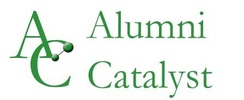
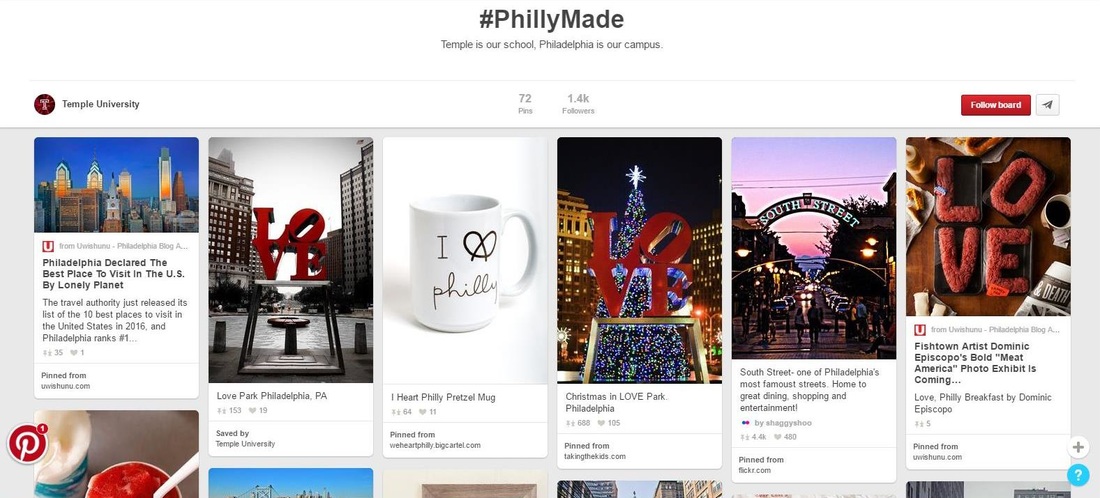
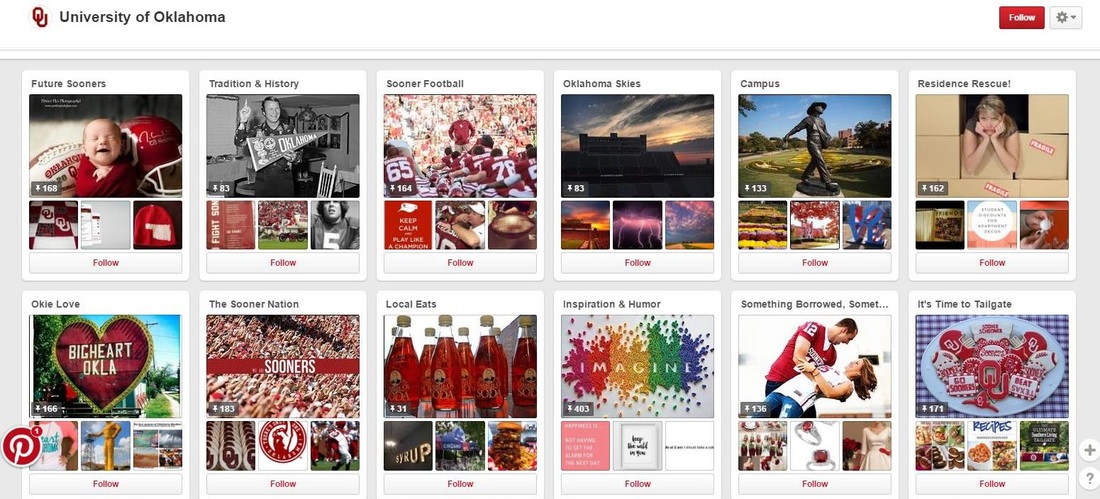
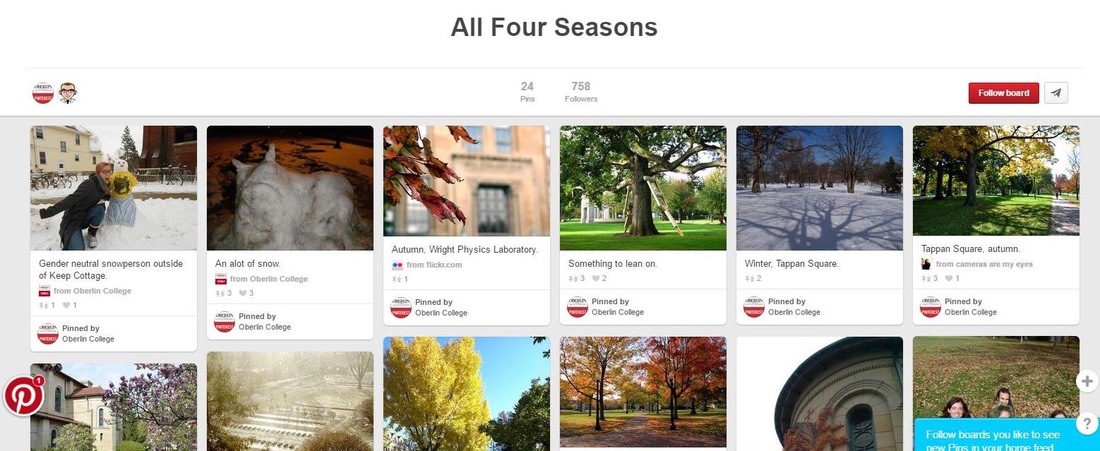
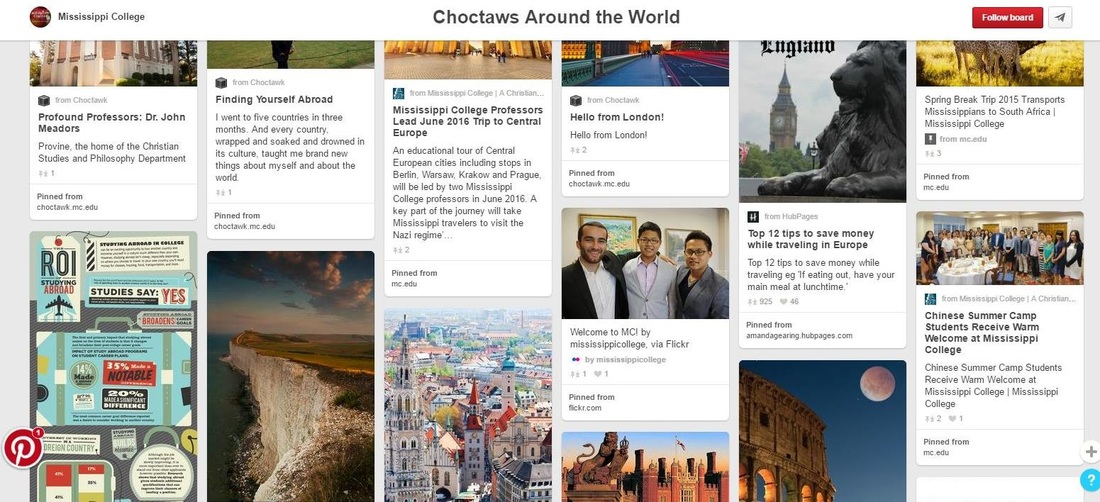
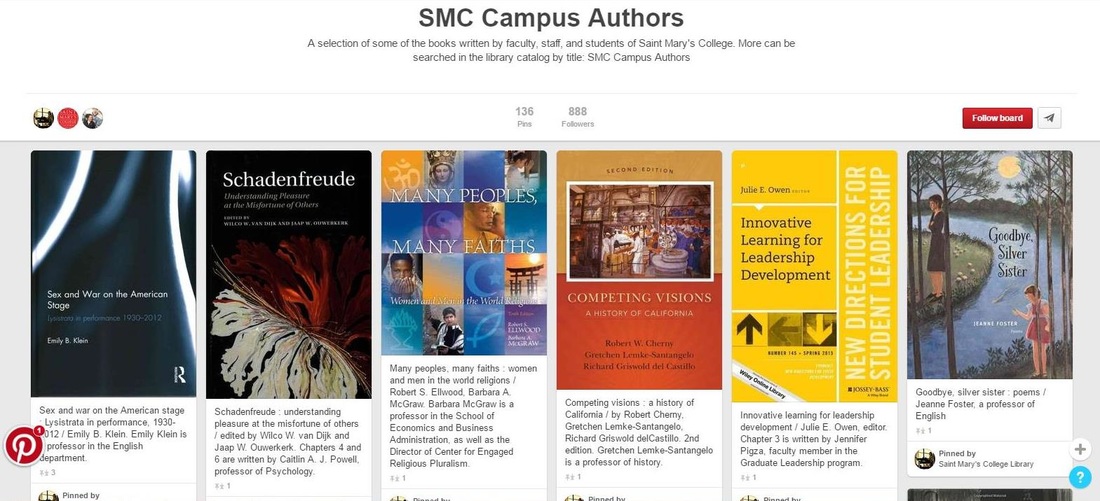
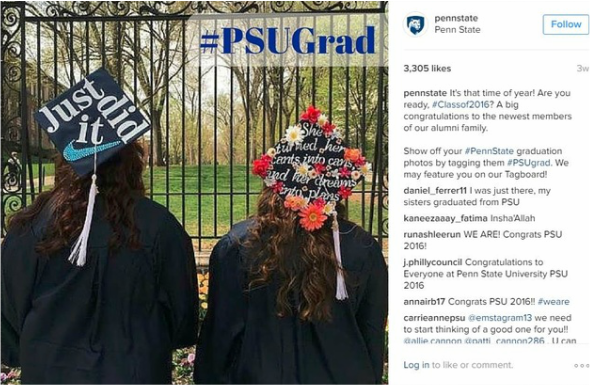
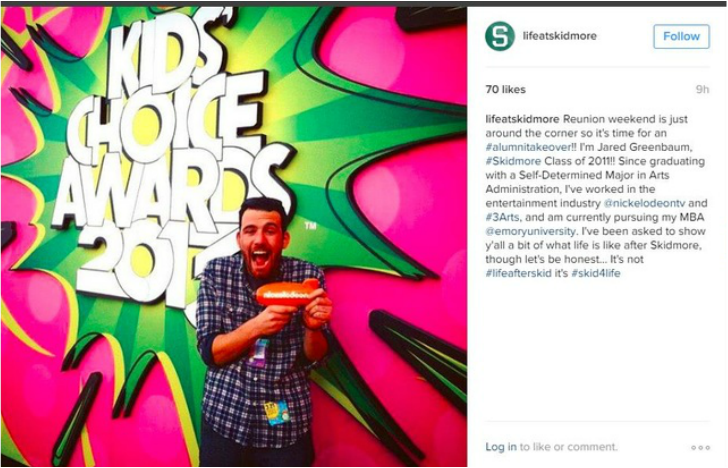
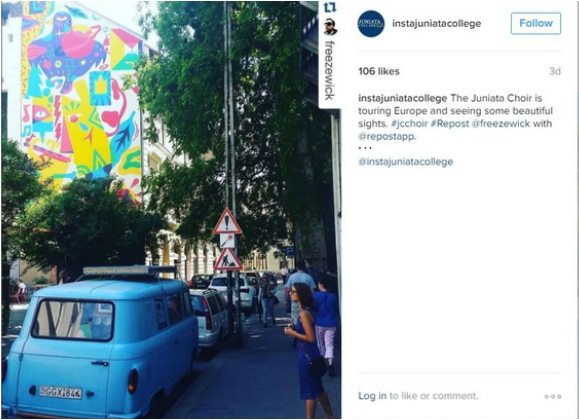
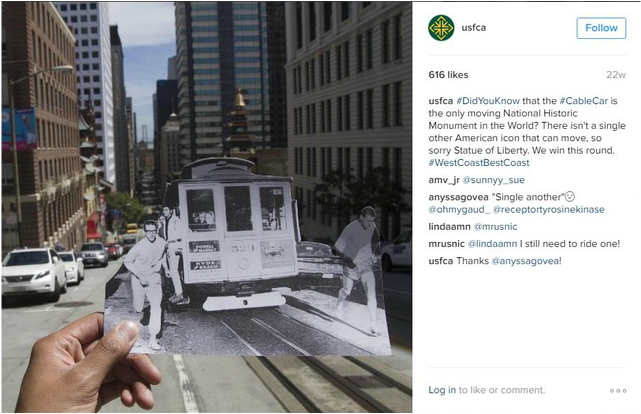
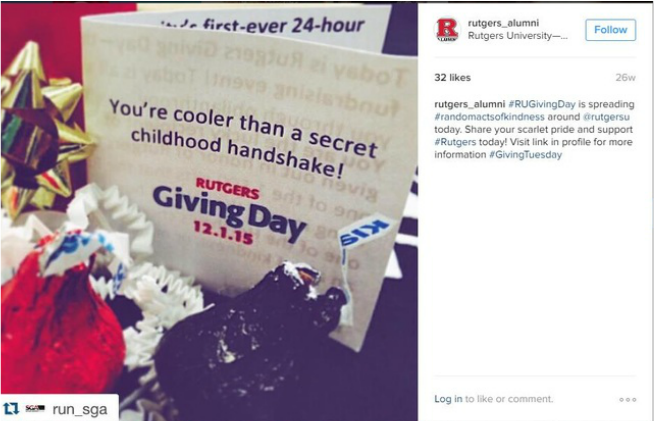
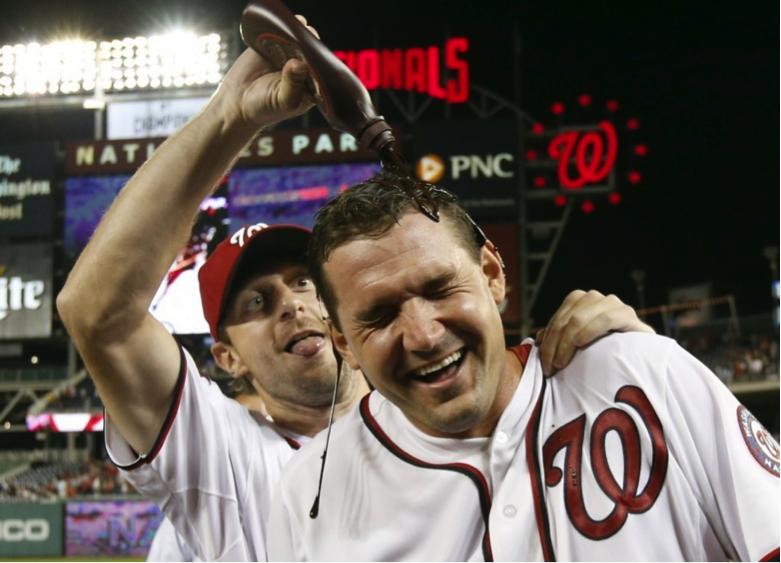

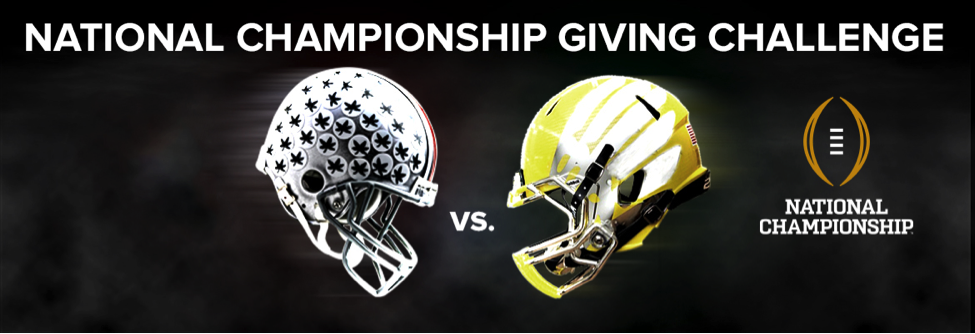
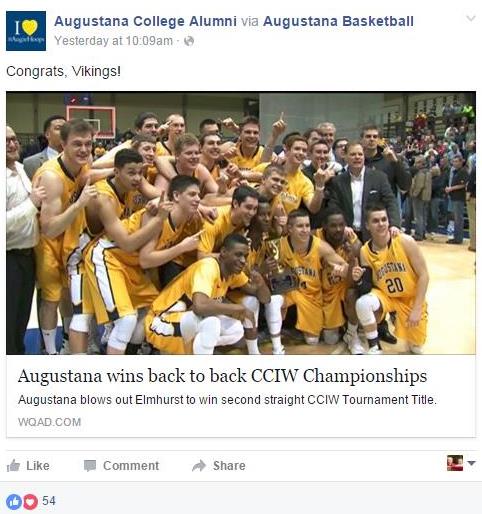
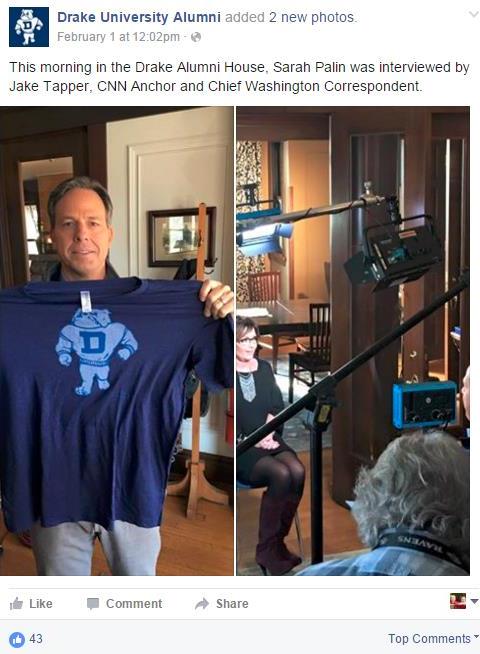
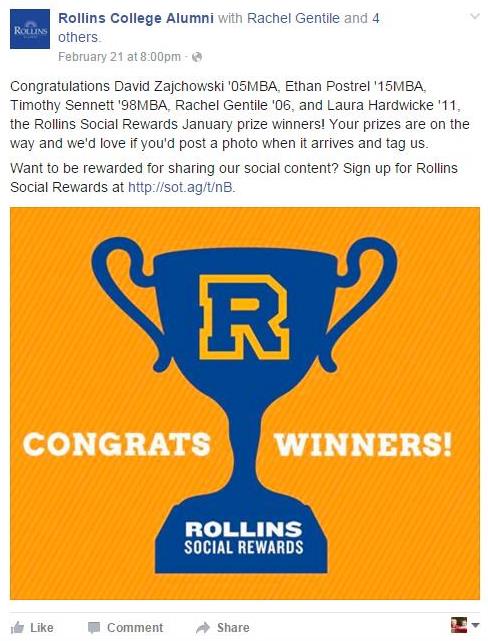
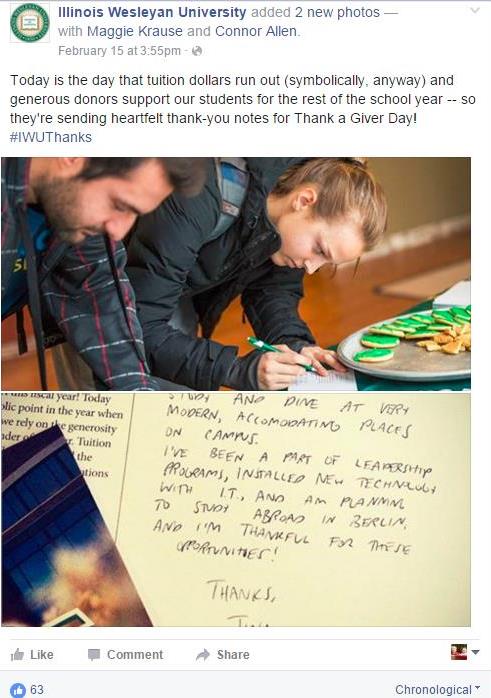
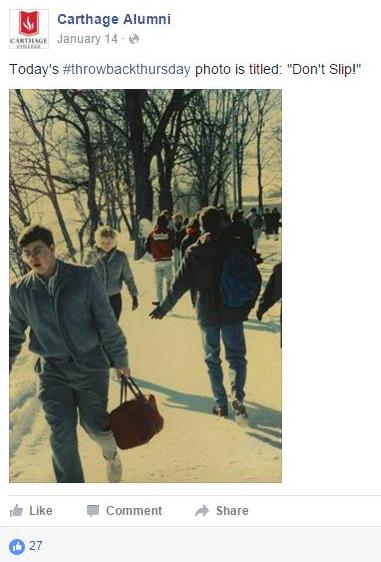

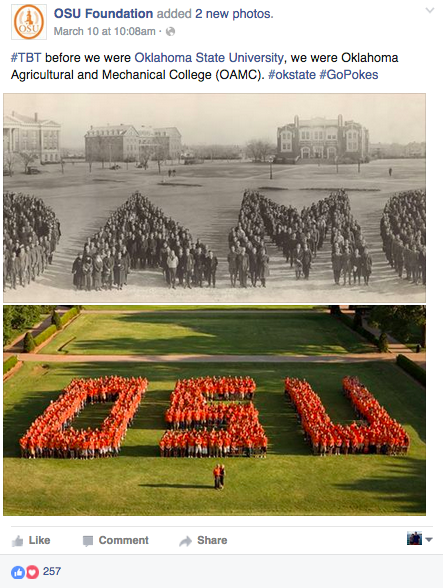
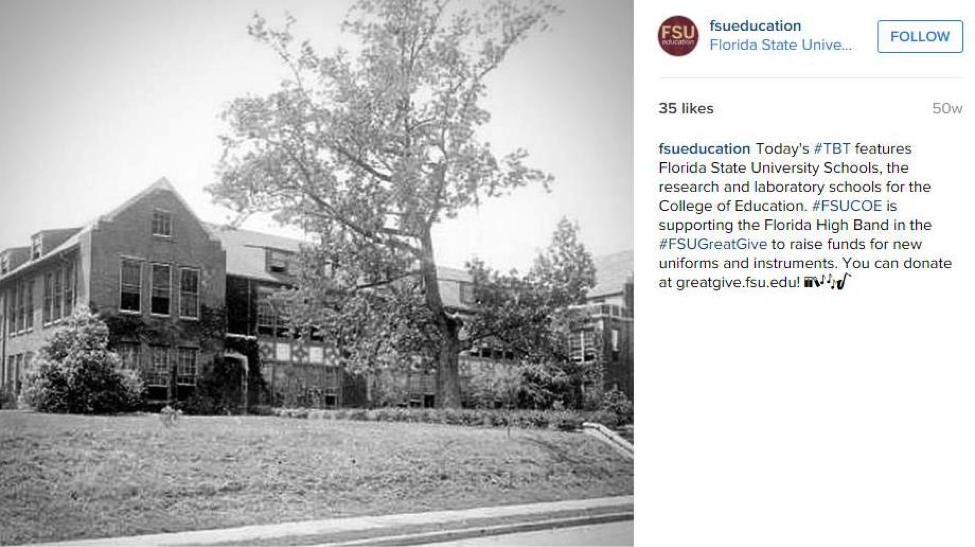
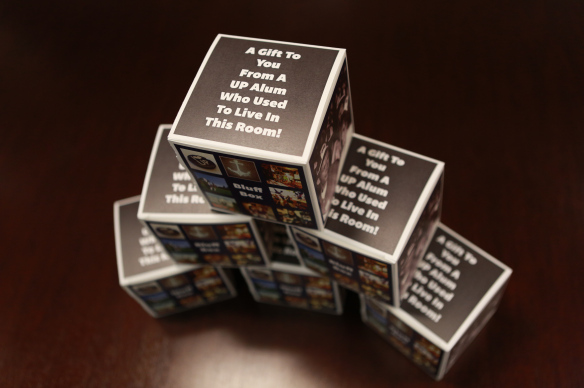


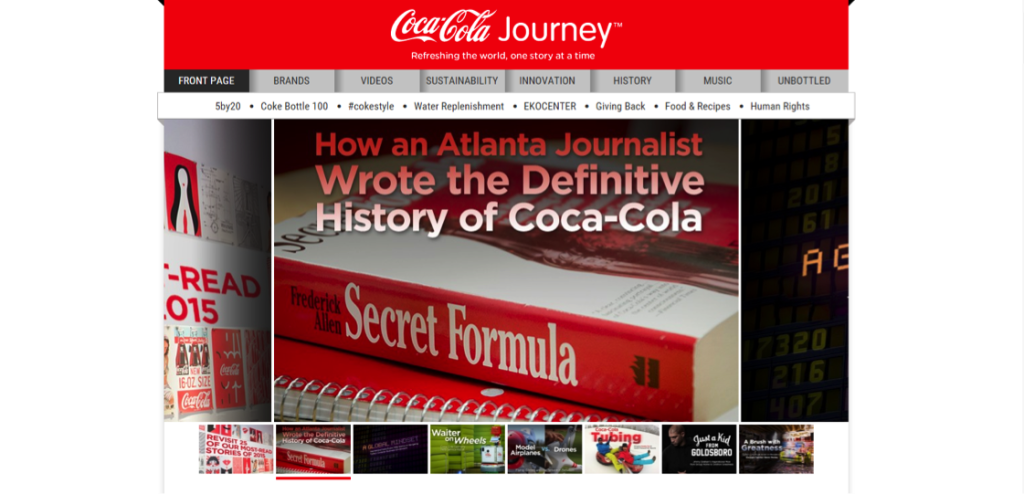
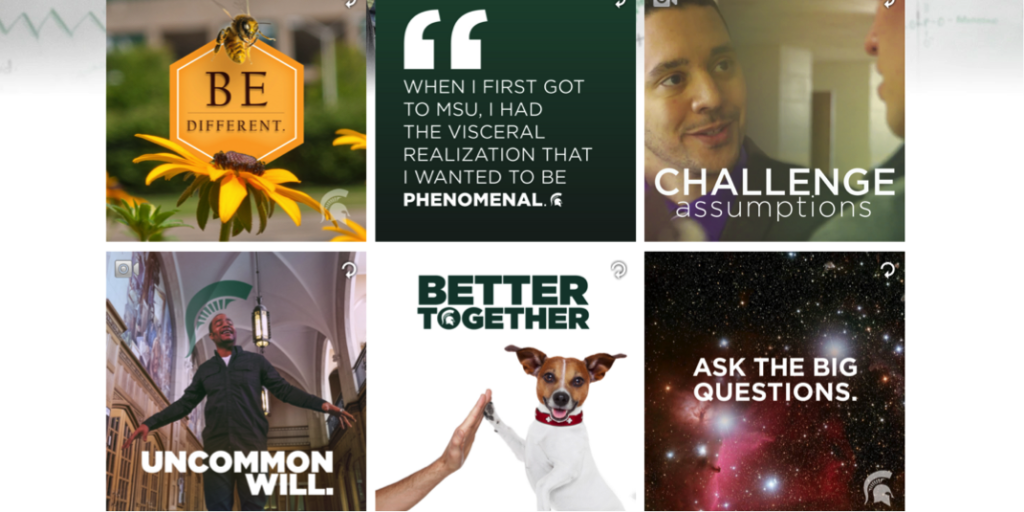
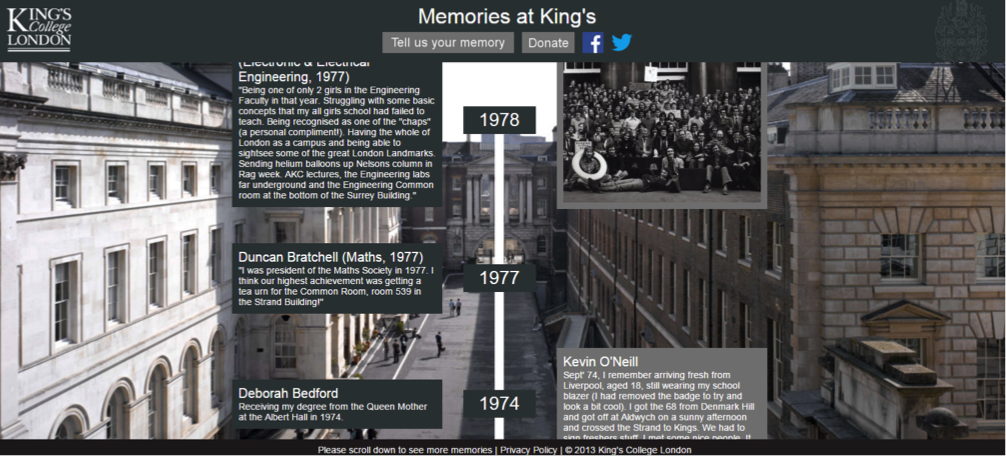
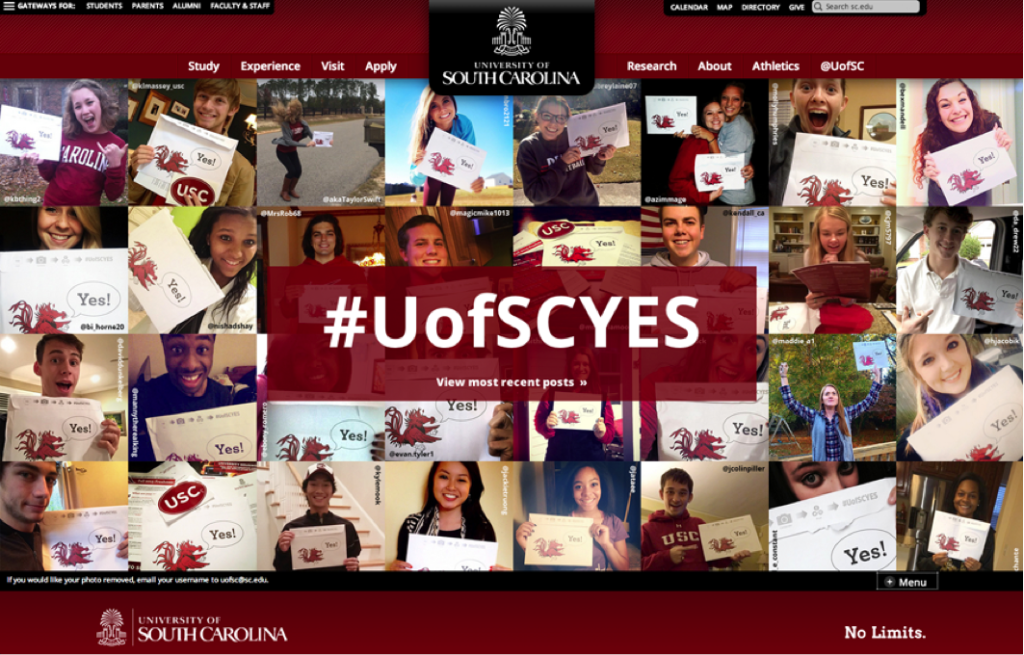
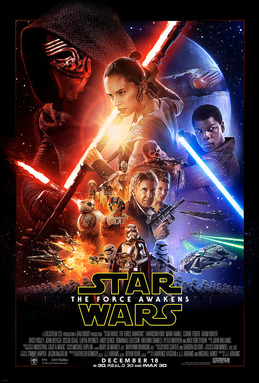
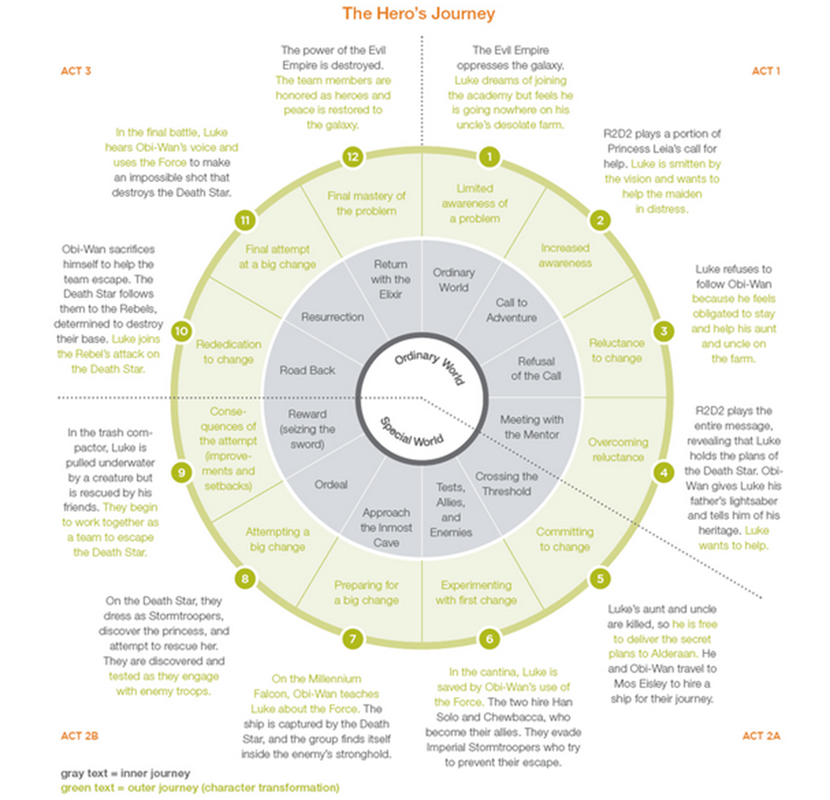
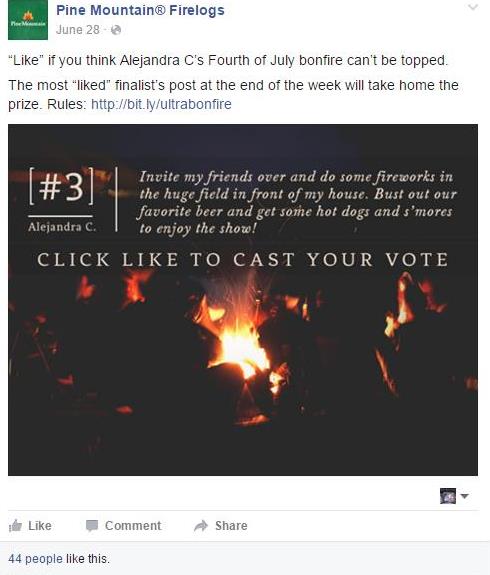
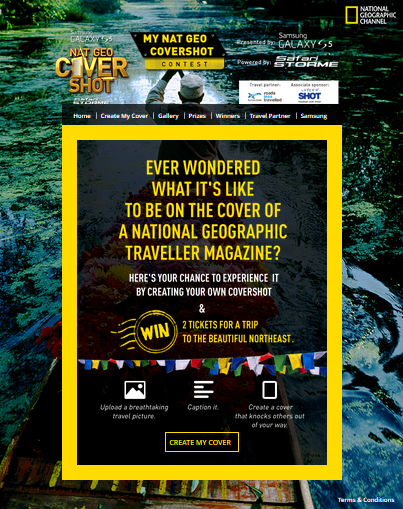

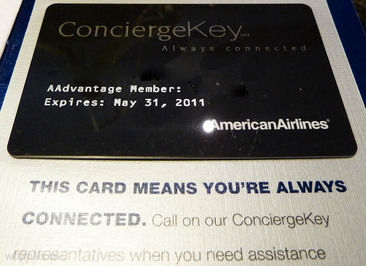

 RSS Feed
RSS Feed
